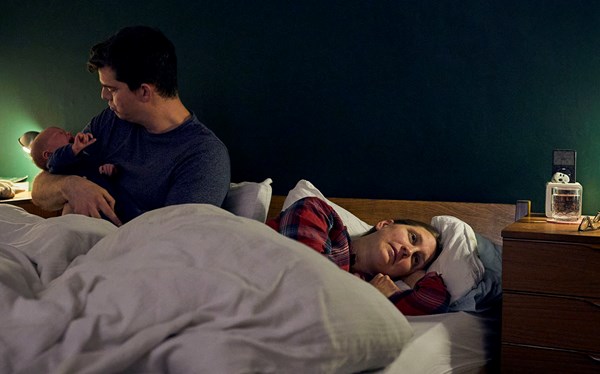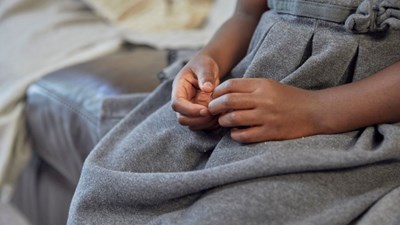There can always be challenging times with families. It's important to make time to talk about what would work best for your family and check how everyone is feeling.
Conflict, stress and spending more time with another can cause arguments. And it can be difficult to keep children shielded from adult arguments. When children see us communicating well and staying calm, it can help them cope with big emotions. Arguments can be small or big – and some can be very serious. If you're worried about domestic abuse, we have advice and support for you.
If you feel yourself getting irritated or annoyed with your family and children, don't be too hard on yourself. There are things you can do to help. Try counting to 10 and taking some deep breaths before reacting. You can also try:
- talking about routines, chores, work, learning and how you can all share the spaces in your home
- planning, if possible, for children and adults to spend time together one on one. And, plan some time apart, even if it's just time alone with headphones, in a different room or a walk by yourself. Take time to gather your thoughts and relax. We have advice if you're not sure if your child is old enough to stay home alone.
- being kind to yourself and each other, thanking each other for the small things like keeping a room tidy, saying "good morning" or playing quietly
- talking about your frustrations with friends and family. This can also help with feelings of isolation and loneliness
- planning distractions outside of work and learning time to give different things to focus on. There might be some family projects you can do together, like looking at old photographs or growing seeds from vegetables and fruits you've eaten
- taking the time to really listen to one another and understand how they're feeling and why they may be behaving in a certain way.
Abuse can stop with a call to the NSPCC Helpline. Will you help us answer every call?





